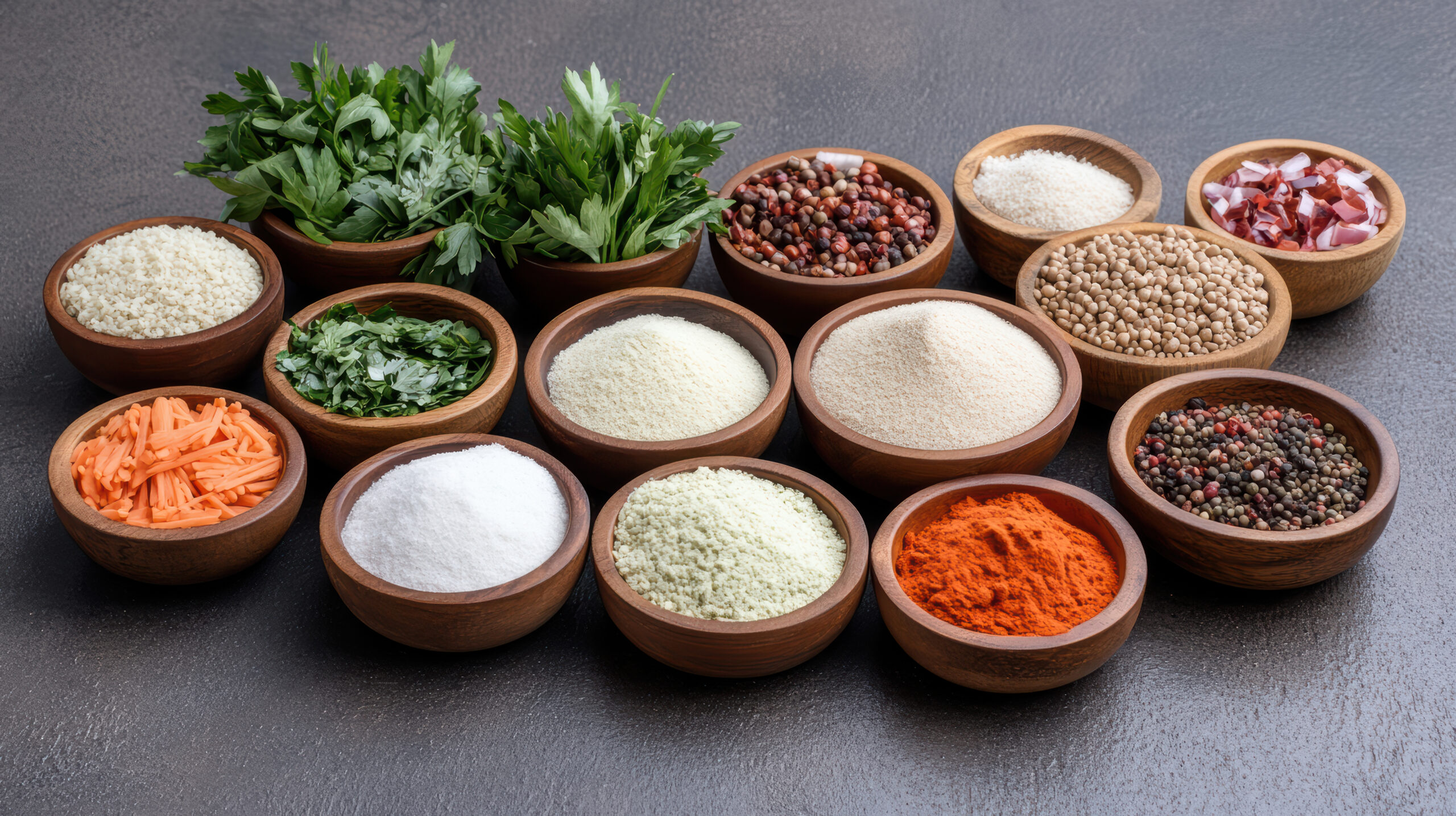12 Fascinating Facts About Salt, Spices, and Seasonings You Probably Didn’t Know
When it comes to cooking, most of us are familiar with the basics—salt, pepper, herbs, and spices. But how well do we really know the ingredients we use every day? You might be surprised to discover that some of your favorite flavors have unexpected origins, uses, and properties.
Whether you’re a seasoned chef or just beginning your culinary journey, these interesting food facts will change the way you look at your spice rack. Let’s dive into the surprising world of seasonings, herbs, and condiments.
—
1. Salt Is a Mineral—Not a Spice or Herb
One of the most common kitchen ingredients, salt, is often lumped in with spices and herbs—but it’s neither. Salt is a mineral, typically harvested from sea water or rock deposits. It doesn’t grow from a plant like herbs and spices do. Instead, it forms through natural geological processes, making it unique in the world of seasonings.
—
2. Salt in Baking, Sugar in Cooking—It Works Both Ways
We tend to associate sugar with desserts and salt with savory dishes. But in reality, both ingredients play roles in baking and cooking. Salt enhances sweetness and balances flavor in cakes and cookies, while sugar can mellow the acidity in sauces or help caramelize dishes like roasted vegetables or meats.
—
3. Herbs: Delicious and Medicinal
Did you know that many common culinary herbs double as natural remedies? From basil and mint to oregano and thyme, herbs have been used for centuries to treat everything from colds to digestive issues. They’re flavorful, fragrant, and packed with healing properties.
—
4. Crayfish: A Seasoning, Not a Spice
In many kitchens—especially in African cuisine—crayfish adds an umami punch to soups and stews. But technically, it’s not a spice. Crayfish is a seasoning, used to enhance the taste of dishes, similar to bouillon or fish sauce.
—
5. Herbs vs. Vegetable Leaves: What’s the Difference?
While herbs and vegetable leaves may look similar, they’re not the same. Herbs like parsley and cilantro are typically used in small amounts for flavor, while leafy vegetables like spinach and kale are consumed in larger quantities as part of the dish itself.
—
6. Spices Are Actually Fruits—Not Vegetables
Here’s a twist: while some spices are casually referred to as vegetables (like chili peppers), botanically, most spices come from fruits, seeds, bark, or roots. That means your beloved cinnamon, nutmeg, and cloves are more closely related to fruits than veggies.
—
7. The World’s Most Used Spices: Pepper and Onion
Globally, pepper and onion top the list of most used spices. They’re found in nearly every cuisine and form the flavor base for countless dishes—from stews and sauces to marinades and stir-fries.
—
8. Toasting Spices Unlocks More Flavor
Want to boost the flavor of your dishes instantly? Try toasting or blooming spices before adding them to your food. This simple step activates essential oils and releases a more intense aroma and flavor, making your meals taste even better.
—
9. Black Pepper: The King of Spices
Black pepper reigns supreme as the most widely used spice across the globe. It’s versatile, pairs well with nearly everything, and adds a subtle heat and complexity to both savory and sweet recipes.
—
10. Garlic, Ginger, and Turmeric: The 3 Pillar Spices
Often referred to as the three pillar spices, garlic, ginger, and turmeric are known for their powerful flavors and health benefits. They’re anti-inflammatory, antioxidant-rich, and second only to pepper in terms of global usage.
—
11. Curry Powder: The World’s Most Popular Spice Blend
When it comes to spice blends, curry powder takes the lead. It’s a flavorful mix of spices like coriander, cumin, turmeric, and chili, used in a wide variety of dishes far beyond traditional Indian cuisine.
—
12. Alcohol Isn’t Just for Cakes
Surprisingly, alcohol is considered a cooking condiment. While it’s commonly used in baking, especially for cakes and desserts, it’s also a fantastic flavor enhancer in savory dishes. A splash of wine, rum, or whiskey can elevate sauces, marinades, and even meat dishes by adding depth and aroma.
—
Final Thoughts: The Hidden Magic in Your Pantry
Understanding the origins and functions of common kitchen ingredients helps you cook more creatively and confidently. Whether it’s using salt as a mineral seasoning, unlocking spice flavors through toasting, or recognizing the medicinal power of herbs—there’s a whole world of flavor waiting to be explored.
Keywords used: food facts, salt vs spice, difference between herbs and vegetables, common spices used in cooking, black pepper facts, cooking with alcohol, most used spices, garlic ginger turmeric benefits, seasoning tips, what is crayfish used for in cooking.

